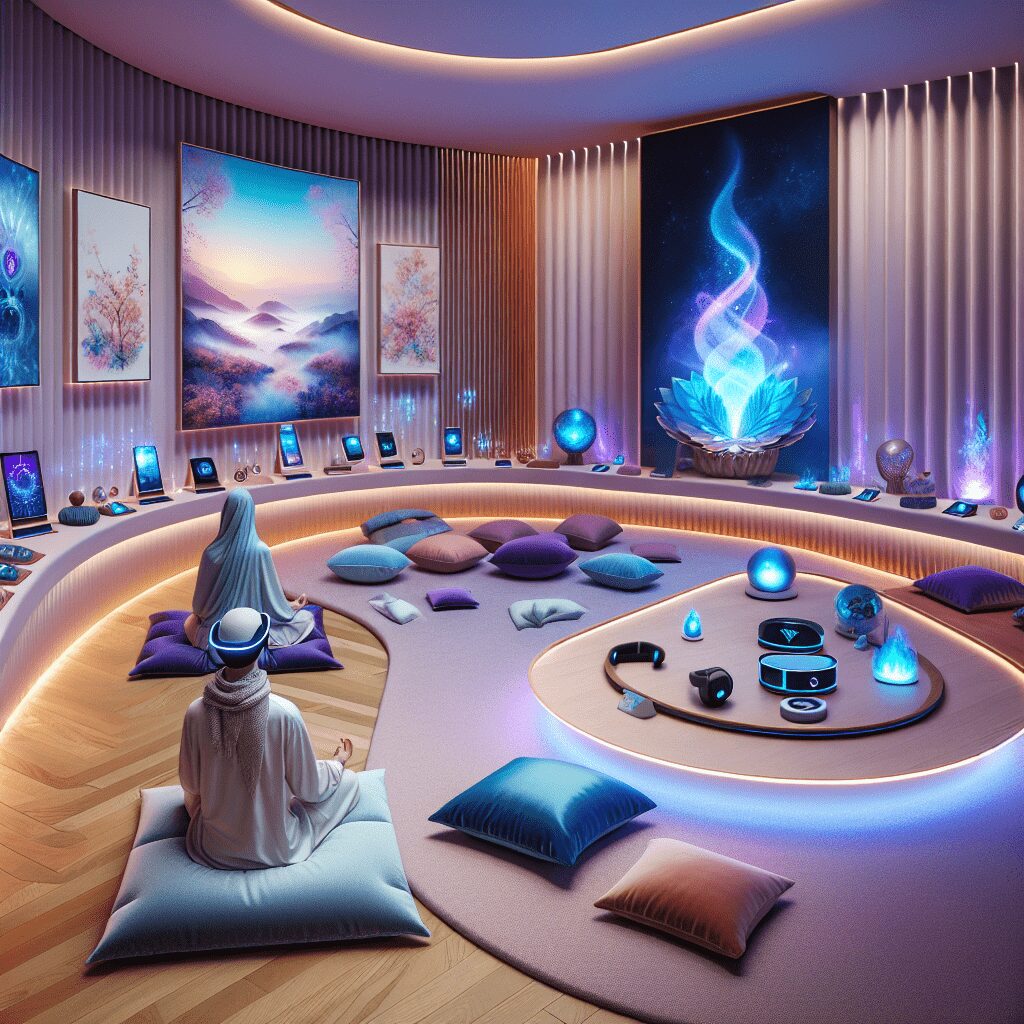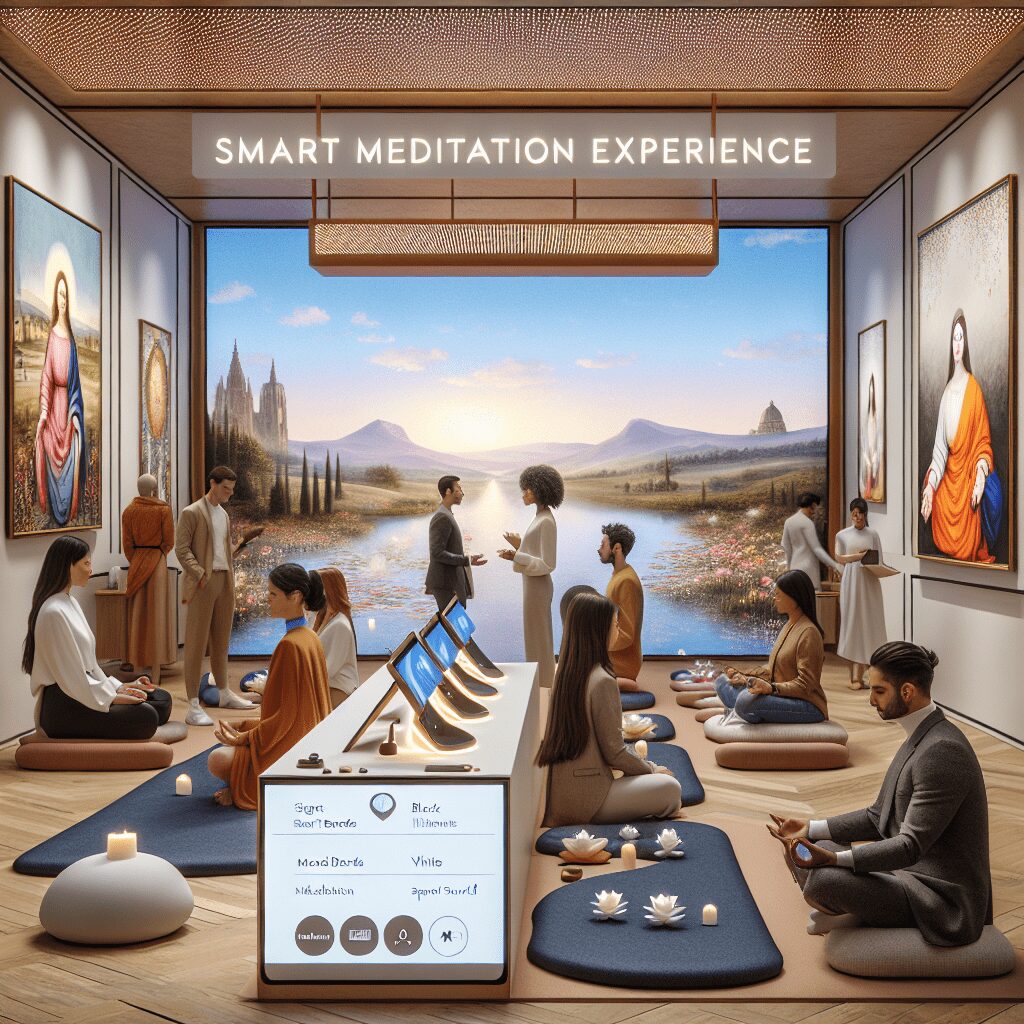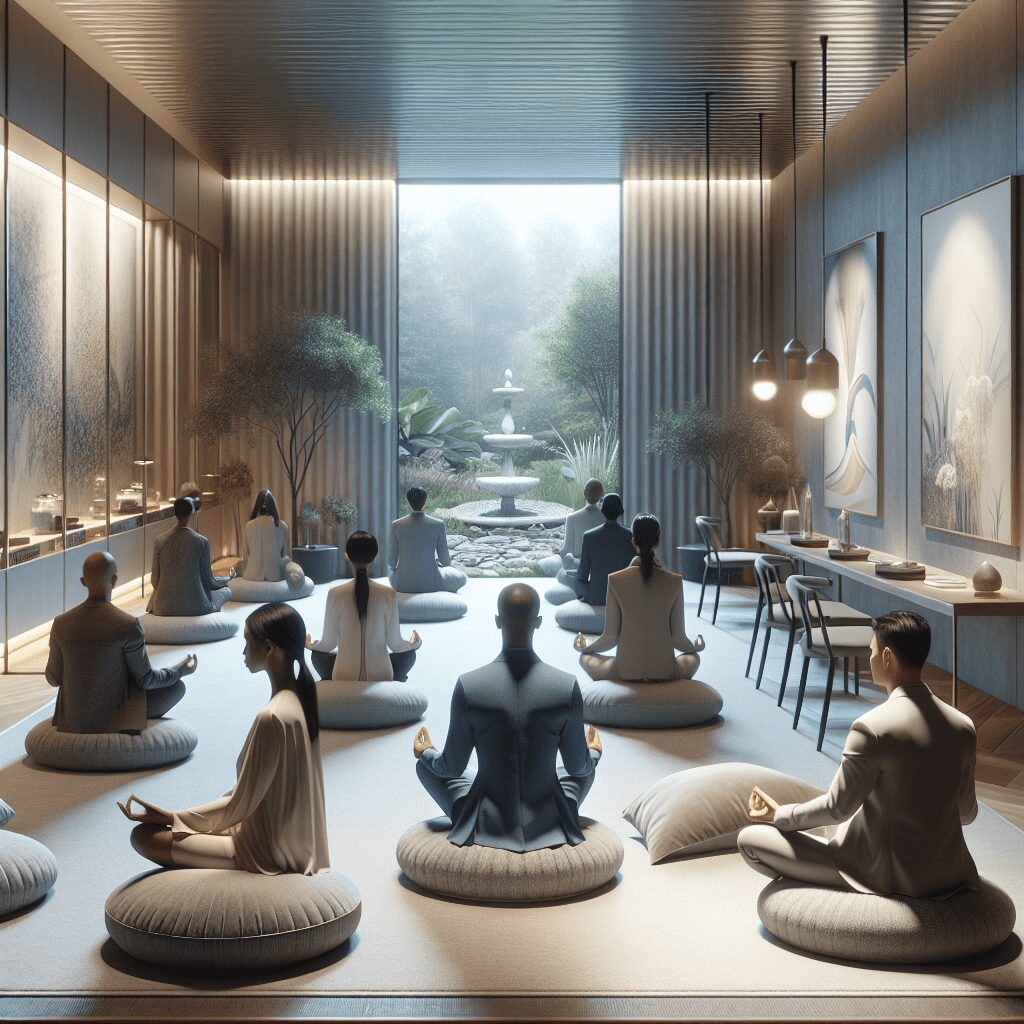
Prioritize your mental well-being daily. Enhance your life by nurturing your mental health with the Smart Meditation app. Break free from stress, alleviate anxiety, and enhance your sleep quality starting today.
How To Solve Sleep Disorder Problems In Space?
Navigating the Stars of Slumber: Unraveling Sleep Disorders in the Cosmos
Space, the final frontier, isn’t only a realm of exploration and discovery but also a domain where the ordinary aspects of daily life, like catching some Z’s, transform into complex challenges. Astronauts, those intrepid voyagers traversing the vast expanse of the cosmos, often find themselves grappling with sleep disorders, a consequence of microgravity, altered light-dark cycles, and the sheer excitement of being in space. So, how do you ensure a good night’s sleep when you’re literally floating in an environment that seems to conspire against the very notion of rest? Buckle up, as we’re about to dive into solving sleep disorder problems in space, ensuring astronauts don’t just count stars but catch some shut-eye among them.
Illuminating the Path to Dreamland: Strategies and Solutions
Adjusting the Light: Our bodies are like finely tuned clocks, responding to the rising and setting of the sun to regulate sleep. In space, the sun can rise and set up to 16 times a day, playing havoc with the body’s internal clock. Enter specialized lighting. By simulating the natural progression of daylight to twilight, artificial lighting on spacecraft helps reset astronauts’ circadian rhythms, nudging their internal clocks back on track.
-
Hitting the Gym (Cosmic Style): You might wonder, “What’s exercise got to do with catching some Z’s?” Well, a lot, actually. Regular physical activity is a cornerstone of sleep hygiene, even in space. The microgravity environment can make muscles and bones lazy, but exercise keeps them engaged. This, in turn, helps astronauts fall asleep faster and enjoy deeper sleep.
-
Personalized Sleep Sanctuaries: Just as Goldilocks found her perfect bed, astronauts need their own ‘just right’ sleep environment. This means creating personal sleeping quarters that can be customized for comfort. From temperature control to minimizing noise and providing a sense of personal space, these quarters become a haven for rest.
-
Meditation and Mindfulness: Floating in the vast, silent expanse of space can be overwhelming. Engaging in mindfulness and meditation practices helps astronauts center themselves, easing stress and anxiety. This mental relaxation is crucial for a restful night’s sleep.
-
Pharmacological Aids with Caution: When all else fails, medication can step in as a short-term solution. However, this is approached with caution due to potential side effects and the risk of dependency. The key is using them sparingly, under strict medical supervision.
Charting Uncharted Skies: The Future of Sleep in Space
Looking ahead, the quest for better sleep in space is pushing the boundaries of technology and innovation. Researchers are delving into the effects of prolonged space travel on the human body, including how extended exposure to microgravity impacts sleep cycles. Advanced sleep monitoring systems, wearable technology that tracks sleep quality, and even AI-driven solutions for customizing sleep environments are on the drawing board.
Moreover, with missions to Mars and beyond on the horizon, understanding and managing sleep disorders becomes even more crucial. The journey to Mars, for example, will be a marathon, not a sprint, with astronauts spending months in transit. Here, preserving the mental and physical well-being of the crew through sound sleep will be paramount.
In conclusion, tackling sleep disorders in space is about more than ensuring astronauts get their beauty rest. It’s about safeguarding their health, performance, and well-being on missions that push the envelope of human exploration. As we continue to reach for the stars, ensuring the well-being of those who journey into space remains a key chapter in the ongoing saga of human exploration.





